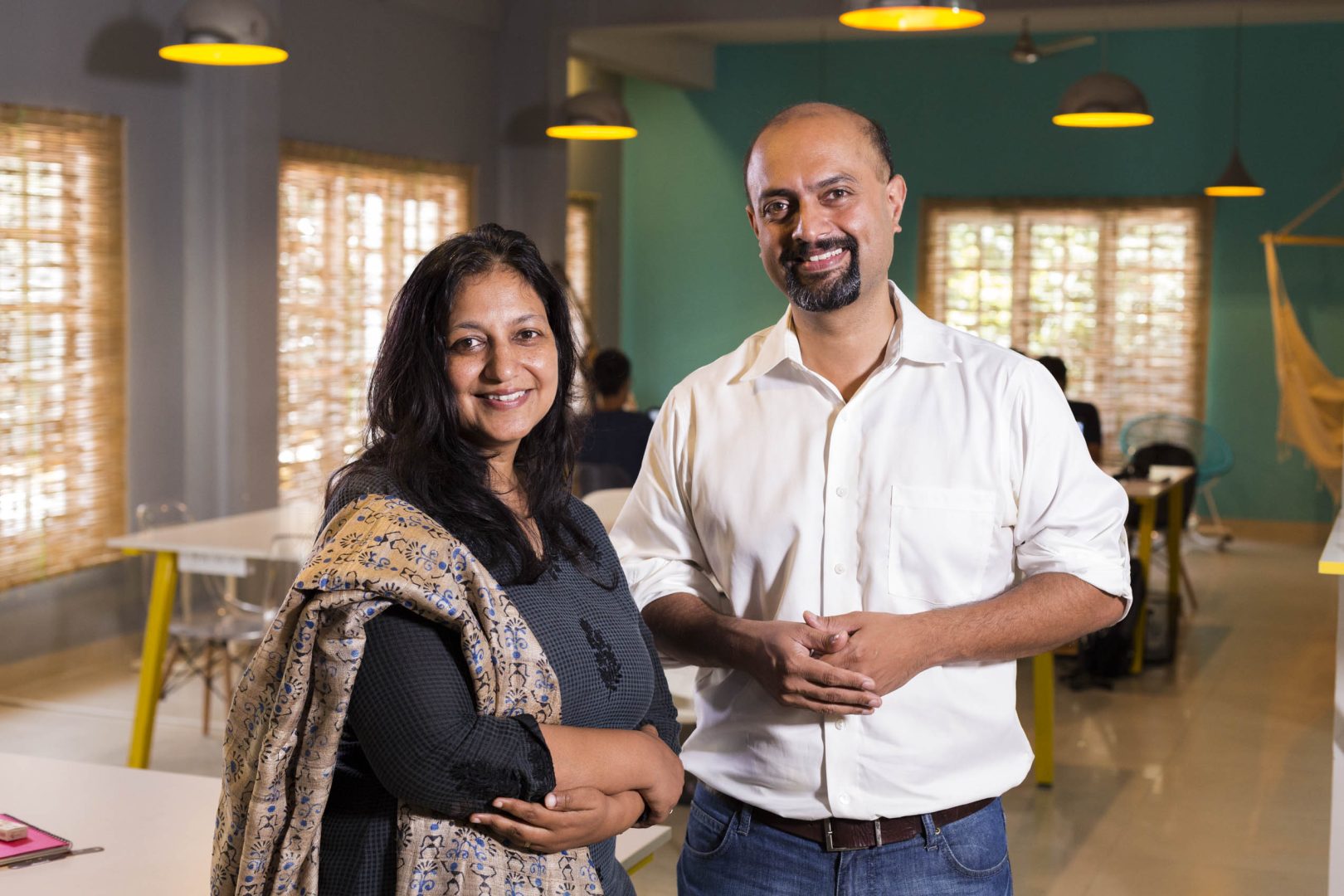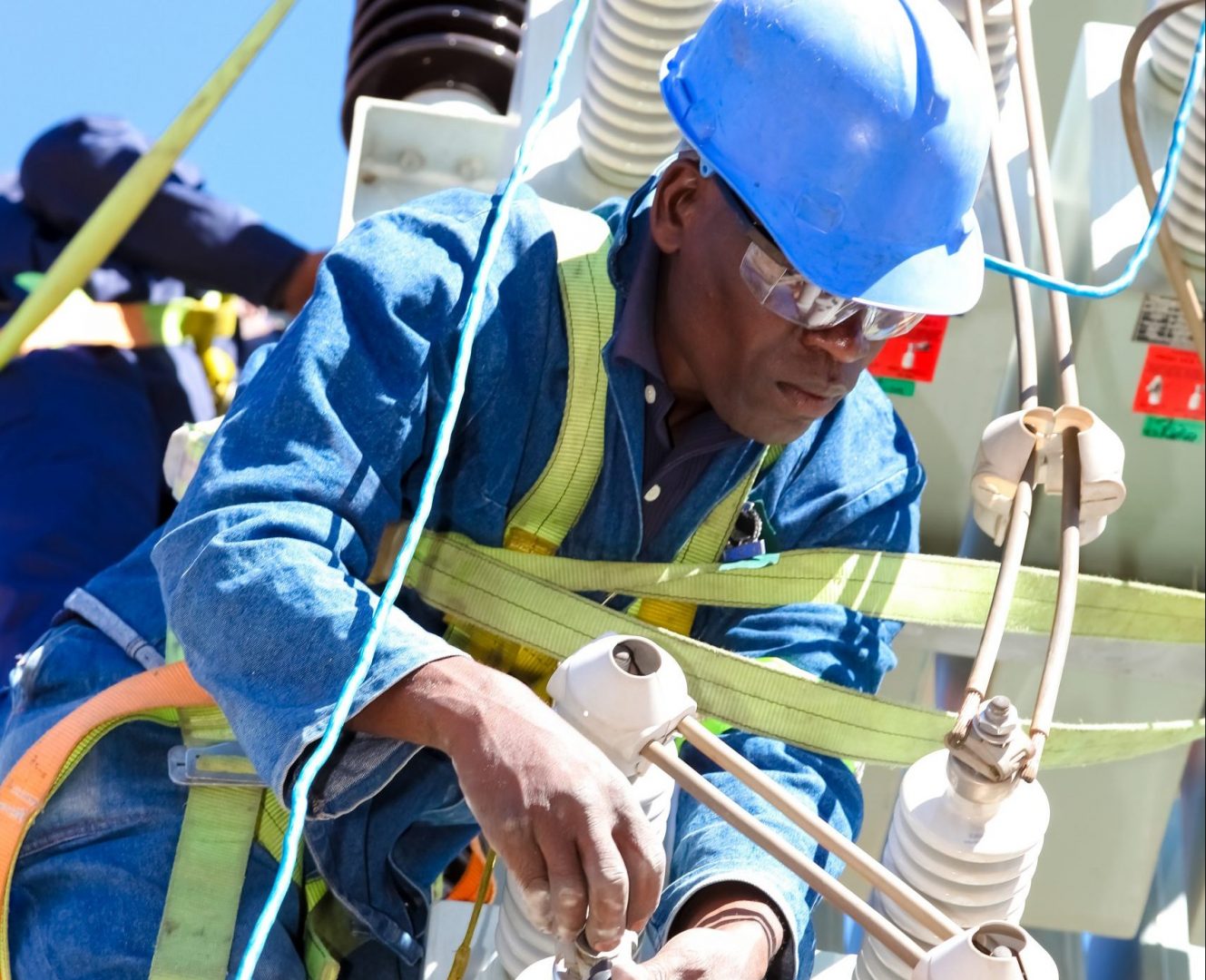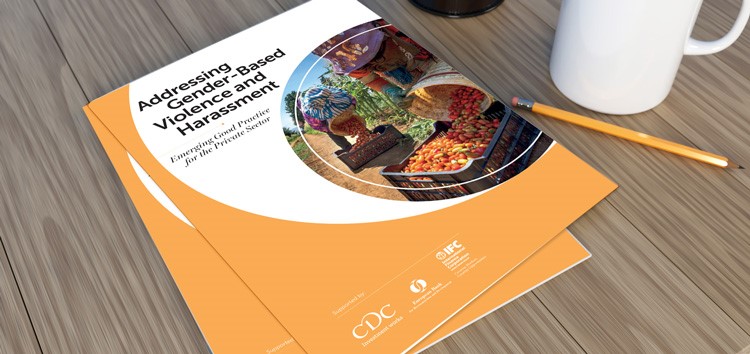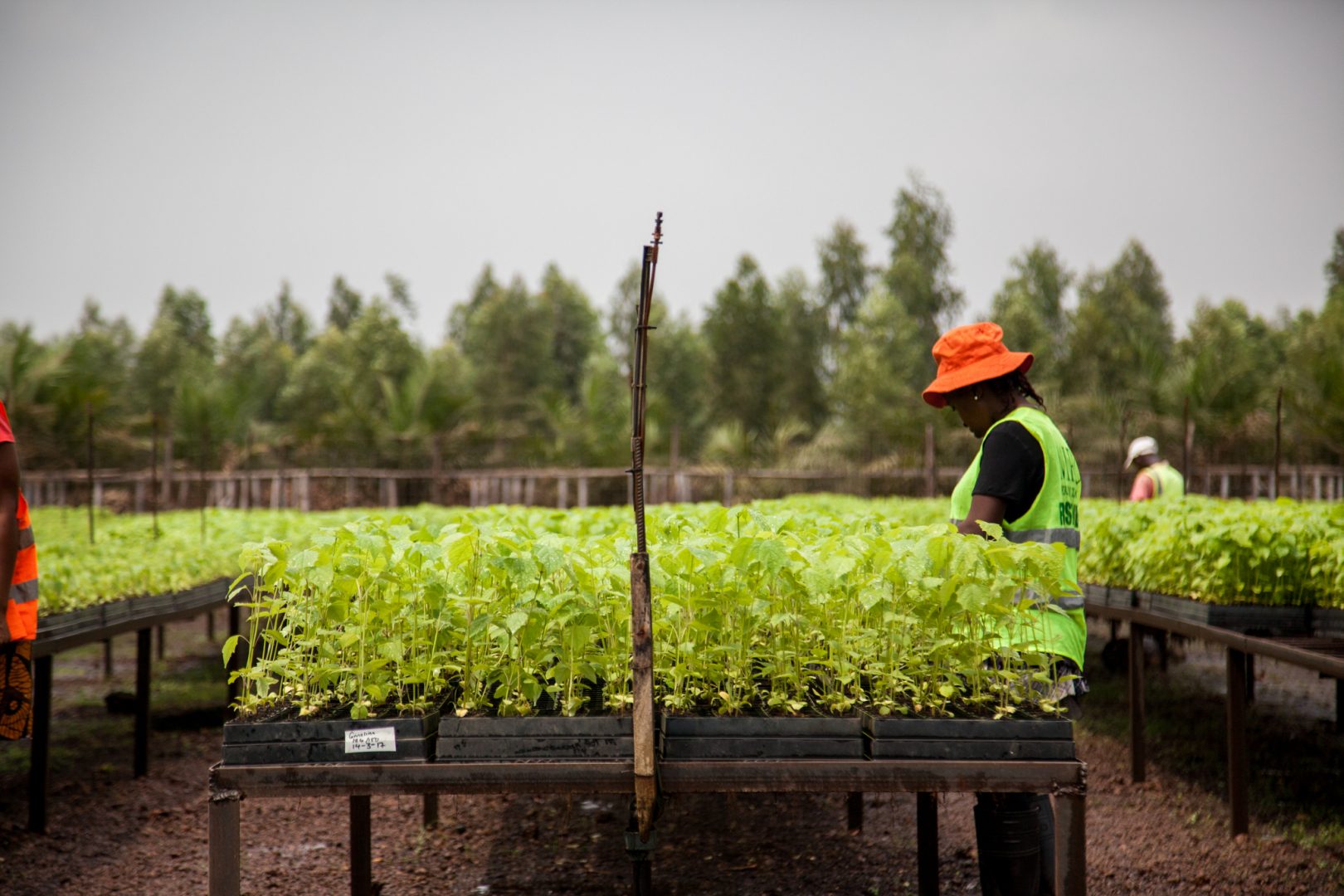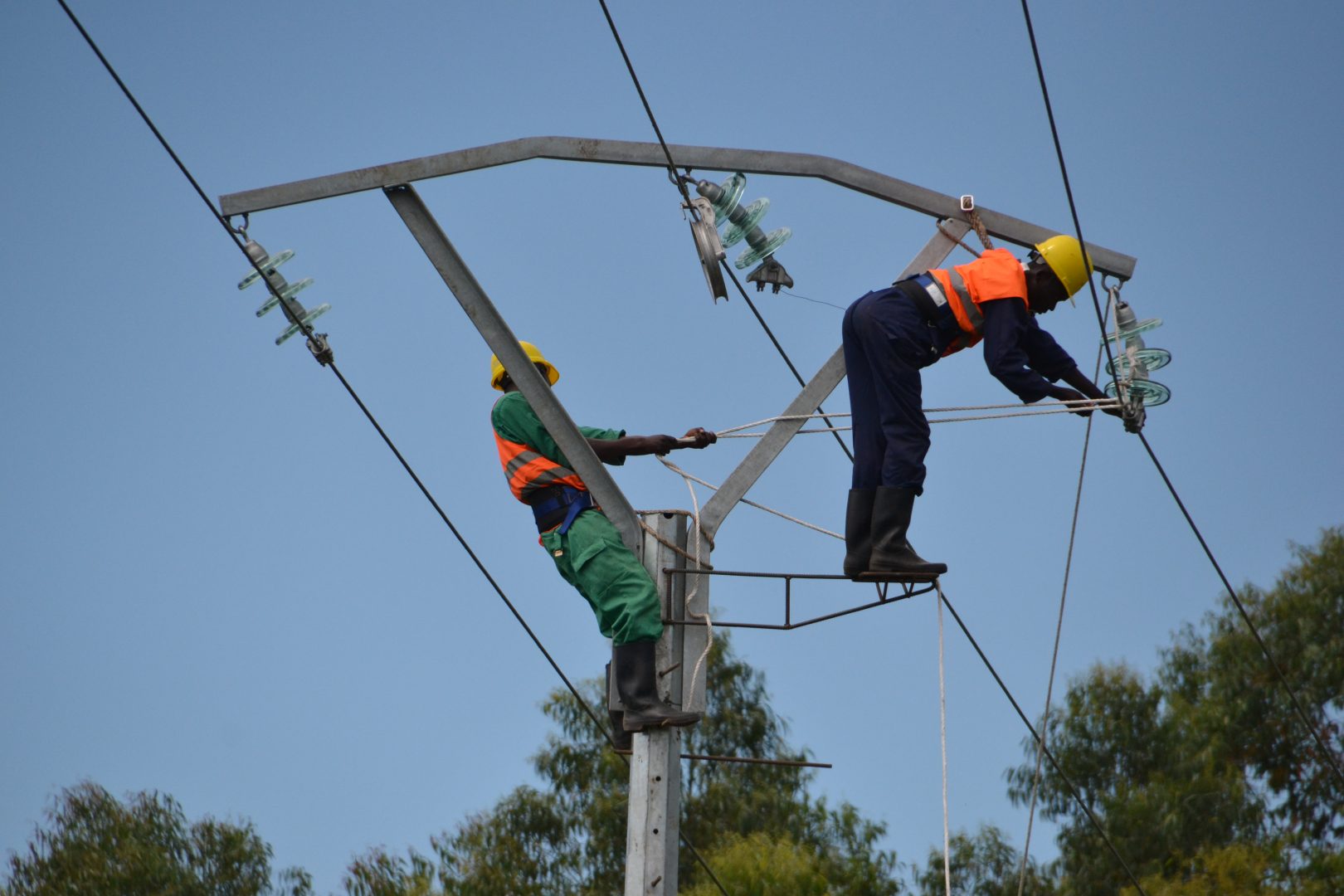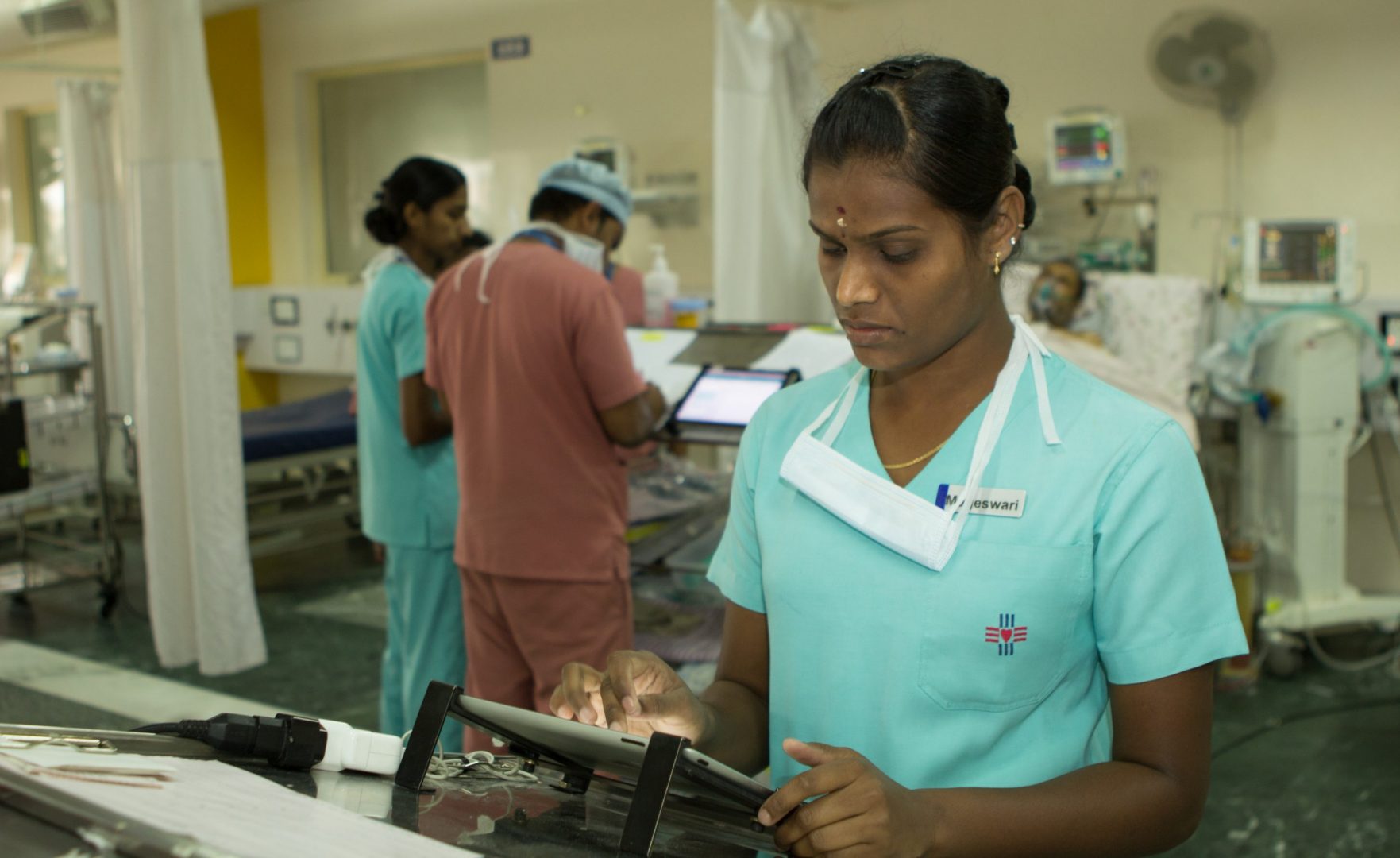CDC’s Mark Eckstein writes about the importance of health and safety – both to employees and the companies they work for.
“Safety and health at work is not only a sound economic policy, it is a basic human right.” – Kofi Annan, former United Nations Secretary General
The International Labour Organisation (ILO) tracks workplace fatal accident rates across developed and emerging economies and the contrast is stark.
In developed countries fatality rates are typically between 0.5 and 3.5 per 100,000 workers.
However, in the emerging markets of sub-Saharan Africa, South Asia and Latin America rates are significantly greater – estimated at between 17 and 19 per 100,000 – with a strong likelihood that this is a significant underestimation as a result of very weak reporting. Perhaps as little as five per cent of fatalities annually are actually reported to the ILO.
Figures like this underline exactly why close attention should be paid to introducing health and safety measures to protect employees. Having a job has a transformative effect on the life of a person, as well as their family and dependents, so it is important to recognise the profound implications serious injury or loss of life can have. Particularly, as in cases of serious injury, local law does not always protect individuals or guarantee their salary, and in many emerging markets health and accident insurance may not be available.
Protecting individuals is, of course, paramount, but there is also a clear business case for high standards of health and safety too. Accidents at work can lead to legal action, production delays, shut downs and repair costs, and loss of reputation and employee morale. If we place that in a much broader context, the ILO estimates the cost of workplace accidents to be around four per cent of global Gross Domestic Product (GDP).
At CDC, every time we make an investment, we assess risks relating to the health and safety of workers. We also look at the company’s commitment and capacity to manage these risks and create a safe and healthy working environment for employees. Where we identify deficiencies we work with companies to develop action plans to make improvements for employees.
We recognise that an accident is rarely the result of a single “unsafe” action but rather there are a whole series of underlying causes – for example, poor awareness of what activities need most training and supervision.
Critically, we work with investees to fully understand accident risks and make changes which will have a real impact on reducing them. When we work with construction companies, for example, rather than only providing protective clothing we look at other measures – including introducing proper segregation of people and machinery, separate entrances or pathways between vehicles and people, and ensuring there is proper oversight and understanding of health and safety from site supervisors. After all, a hard hat will do little to protect against a 30 foot fall or being struck by a fast-moving vehicle.
In 2014, we reviewed data on incidents across our portfolio of 1,300 companies to understand where the highest risks of serious incidents occurred over the past five years. That research resulted in us producing a guidance document on preventing fatalities and serious accidents which aims to help others who invest in Africa and South Asia, as well as CDC’s own portfolio, to assess risks and make changes which support their employees to stay safe at work.
Being rigorous in introducing workplace health and safety measures will help ensure more people in developing countries are protected in their workplaces. Doing so will mean they can stay in work, continue to support their company’s operations and build more prosperous futures for themselves and their families.
Mark Eckstein is Director of Environmental and Social Responsibility at CDC.
Media contacts
Rhyddid Carter: +44 (0)20 7963 4741 / +44(0) 7824 552 326


